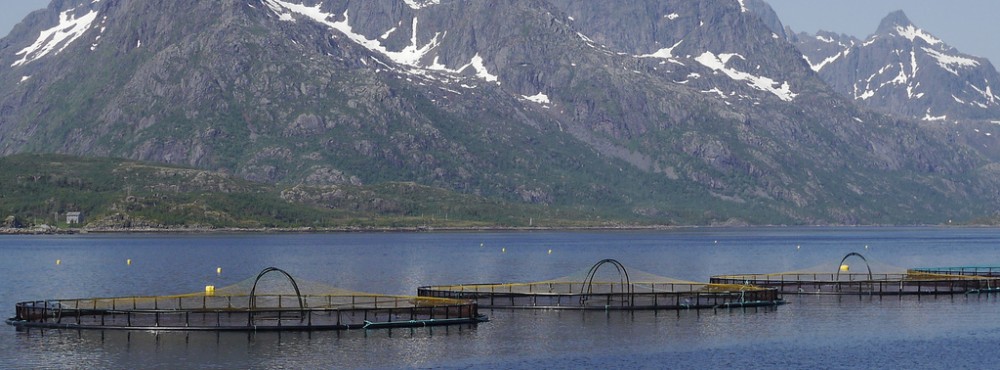CONS OF VACCINATION FROM A WELFARE PERSPECTIVE
- Handling stress (Huntington et al, 2006)
- Exposure to air impairing ventilation when handpicked for vaccine administration → Elicits the stress response (Conte, 2007)
- Decline in foraging behaviour (Jobling et al, 2001)
- Decline in long-term feed intake leading to significantly reduced growth (Sorum and Dansgard, 2004)
- Inflammation at the injection site (local reactions)
- Intra-abdominal adhesions and granulomata (Ashley, 2007)
- Scar tissue formation as a result of adhesions in the peritoneal cavity
- Vertebral column deformities (Berg et al, 2007)
- Impaired swimming performance
- Post-injection fungal infection
- Antigenic overload or antigenic competition for salmon administered multi-antigen vaccine
- Overall, poor performance and higher chances of mortality as a result of any of the previous problems
PROS OF VACCINATION
- On the population level, salmon mortality is reduced
- Allows for the farm to be economically sustainable
CONCLUSION
The cons outweigh the pros in terms of welfare. Producers look at vaccinations as improving basic salmon health and functioning by conferring stronger immunity but as evidence shows us, not every salmon benefits from this. Many vaccine-induced side-effects take place and can harm the quality of living for the salmon. Additionally, many of these side-effects are lethal, thus thwarting the producers defense of vaccinations as solely beneficial.
I would like to note one important thing. We cannot regard vaccinations as solely harmful. Rather, this page was intended to highlight that it is not some “miracle” to improving salmon welfare. In a farm setting, pathogen levels and disease transfer via conspecific contact is high and thus high levels of disease are expected in any salmon farm. Vaccinations have no doubt helped salmon survive such poor conditions but unfortunately, vaccinations have permitted producers to continue malpractices such as overstocking, etc. which cause a series of other welfare problems.
